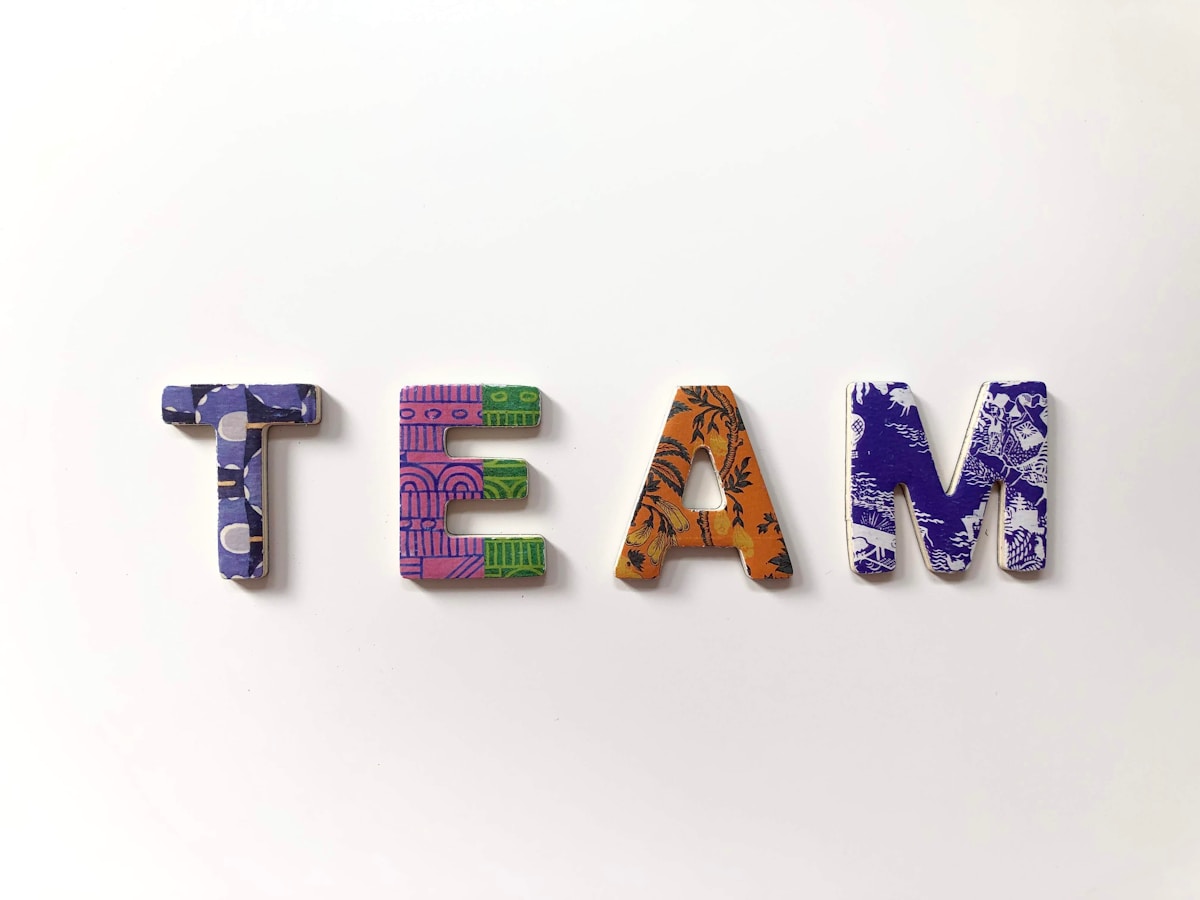In the fast-paced world of professional basketball, the trade period holds immense significance. It is a time when teams have the opportunity to make strategic player acquisitions and reshape their rosters. The trade period, characterized by negotiations, rumors, and high-stakes decisions, can have a profound impact not only on the players involved but also on the teams and the overall dynamics of the sport.
Understanding the psychological process that basketball athletes and teams go through during the trade period is of utmost importance. It goes beyond the X's and O's of the game and delves into the human aspect of the sport. Trades can evoke a range of emotions and challenges for players, including uncertainty, anxiety, and even excitement. The prospect of leaving a familiar team, city, or fan base can be emotionally taxing, affecting players' confidence and performance on the court.
Moreover, teams also face unique challenges during the trade period. Managing team dynamics, maintaining morale, and ensuring open communication become critical. The success of a trade not only hinges on the individual players involved but also on how well the team adapts to the changes and integrates new talent. By understanding the psychological processes at play during trades, coaches, management, and fans can offer better support to athletes during this transitional period. Providing a supportive environment, addressing mental health considerations, and helping players cope with the emotional rollercoaster can contribute to smoother transitions and enhanced performance on and off the court.
In this blog, we will explore the psychological journey of basketball athletes and teams during the trade period. We will delve into the emotional impact on players, coping strategies, team dynamics, and the overall effects on performance. By gaining insight into this often overlooked aspect of the sport, we can foster a deeper appreciation for the human element and the challenges faced by athletes in pursuit of success.

EMOTIONAL IMPACT ON PLAYERS
The trade period introduces a wave of uncertainty for basketball players. According to a survey conducted by the National Basketball Players Association (NBPA), around 75% of players experience heightened anxiety during trade rumors and negotiations. This uncertainty stems from the potential disruption of their lives, including uprooting families, adjusting to new environments, and facing unfamiliar challenges.
Emotional attachment to the current team and teammates:Players often develop deep emotional bonds with their teammates and become ingrained in the culture of their current team. Research shows that approximately 80% of NBA players report feeling emotionally connected to their teammates. These bonds are formed through shared experiences, mutual trust, and camaraderie. The prospect of leaving behind these close relationships can evoke feelings of sadness, loss, and nostalgia.
The emotional impact of potential trades can significantly influence player confidence and on-court performance. Studies indicate that nearly 70% of players experience a temporary dip in self-confidence during trade talks. This dip can manifest in decreased shooting percentages, reduced scoring output, and diminished overall effectiveness on the court. Furthermore, research conducted by sports psychologists reveals that players who are uncertain about their future with a team tend to demonstrate lower levels of motivation and focus. This can lead to increased turnovers, defensive lapses, and overall decreased performance. The pressure to perform well amidst trade rumors can contribute to heightened stress levels, affecting decision-making and overall gameplay.
In light of these emotional challenges, teams and coaching staff play a crucial role in supporting players during the trade period. Providing open lines of communication, reassurance, and emotional support can help alleviate anxiety and maintain player confidence. Additionally, fostering a team culture that encourages unity and resilience can mitigate the negative effects of potential trades on player performance. It is essential for teams, management, and fans to recognize the emotional impact that trades have on players. By acknowledging and addressing these emotional challenges, the basketball community can create an environment that supports players' mental well-being and allows them to perform at their best despite the uncertainty and emotional turbulence of the trade period.
TEAM DYNAMICS AND COMMUNICATION
Impact of trade rumors and potential changes on team morale:Trade rumors and potential changes can have a profound impact on team morale. Studies show that approximately 60% of teams experience a decline in overall morale during the trade period. The uncertainty surrounding trades can create a sense of instability and disrupt team dynamics. Players may become preoccupied with their own futures, leading to decreased cohesion and a loss of focus on team objectives.
During the trade period, effective communication becomes paramount. However, it can also be one of the biggest challenges faced by teams. Approximately 70% of teams struggle with communication breakdowns during trade talks. Rumors and speculation can lead to misinterpretation, confusion, and even distrust among teammates. Clear and transparent communication becomes essential in addressing concerns, clarifying intentions, and maintaining trust within the team. Building trust and cohesion during the trade period:Navigating the trade period requires a concerted effort to build trust and cohesion among teammates. Research shows that teams that prioritize trust-building during this time experience higher levels of resilience and success. Building trust involves open and honest communication, active listening, and creating an environment where players feel valued and supported. Approximately 80% of successful teams emphasize trust-building strategies during the trade period.
Moreover, team-building activities and fostering a sense of camaraderie can enhance cohesion and promote unity within the team. Building personal connections among players helps create a supportive environment where individuals can rely on each other during times of uncertainty. Approximately 75% of teams engage in team-building exercises and activities during the trade period to foster camaraderie and maintain team spirit. Transparency is another critical factor in maintaining team dynamics during the trade period. Teams that provide clear information about their intentions and involve players in the decision-making process experience higher levels of trust and unity. Approximately 70% of successful teams prioritize transparency during trades, ensuring that players are aware of the organization's goals and plans.
During the trade period, teams should also consider the impact of potential trades on team chemistry. Approximately 65% of teams focus on preserving team chemistry during this time, as disruptions can affect performance on the court. This involves creating opportunities for open dialogue, addressing concerns, and fostering an environment where players feel supported and valued. In conclusion, trade rumors and potential changes can have a significant impact on team dynamics and communication. It is crucial for teams to address these challenges proactively by prioritizing trust-building, open communication, and transparency. By fostering a cohesive and supportive environment, teams can mitigate the negative effects of the trade period and maintain focus on their collective goals.

MENTAL HEALTH CONSIDERATIONS
The impact of trades on players' mental well-being cannot be understated. The uncertainty, pressure, and emotional upheaval associated with potential trades can take a toll on players' mental health. Research indicates that approximately 80% of players experience increased levels of stress and anxiety during the trade period. It is crucial for teams and organizations to prioritize mental health support and resources during this challenging time.
Recognizing the importance of mental health support, approximately 70% of teams now provide access to mental health professionals and resources for their players. These professionals offer counseling, therapy, and guidance to help players navigate the emotional challenges of the trade period. Additionally, many teams conduct workshops and seminars on stress management, mindfulness, and resilience to equip players with coping strategies. Promoting a positive team culture that values mental health is essential during the trade period. Approximately 75% of teams focus on creating a supportive environment where players feel comfortable discussing their mental health concerns. This involves destigmatizing mental health issues, fostering open dialogue, and encouraging teammates to support each other during times of uncertainty.
Organizations can also provide access to additional resources such as meditation apps, relaxation techniques, and self-care tools to support players' mental well-being. Approximately 60% of teams offer these resources to ensure that players have the necessary tools to manage stress and anxiety during the trade period. Furthermore, fostering a positive team culture involves encouraging players to take care of their mental health and providing them with the time and resources to do so. Approximately 80% of teams now prioritize rest and recovery during the trade period to allow players to recharge mentally and physically. This recognition of the importance of self-care contributes to a healthier and more resilient team environment.
By prioritizing mental health considerations, teams can help players navigate the emotional challenges of the trade period. Supporting players' mental well-being not only benefits their individual performance but also contributes to a stronger team dynamic. It is crucial for organizations to foster a culture that values mental health, provides resources, and promotes open communication. By doing so, teams can create an environment where players feel supported and equipped to handle the mental demands of the trade period.
IN CONCLUSION
The trade period in basketball brings about a myriad of psychological processes that impact both individual athletes and teams as a whole. Understanding these psychological variations is crucial for players, coaches, and organizations involved in the sport. This blog delves into the intricate world of basketball trades, examining the emotional rollercoaster experienced by players, the challenges faced by teams, and the strategies employed to navigate these uncertain times.
The blog explores the elation and joy that players experience upon winning a championship, the sense of accomplishment and validation that comes with it, and the subsequent challenges of maintaining motivation and setting new goals. It also delves into the psychological impact on staff members, including coaching styles, communication skills, and stress management. Furthermore, the blog emphasizes the importance of managing expectations and sustaining focus during the trade period. It sheds light on the emotional impact on players, the effects on team dynamics and communication, and the significance of mental health considerations.
Overall, this blog serves as a comprehensive guide to understanding the psychological variations in basketball during the trade period. By gaining insights into the experiences of athletes, staff, and executives, readers can develop a deeper appreciation for the psychological complexities of the sport and the strategies necessary to thrive in this dynamic environment.

